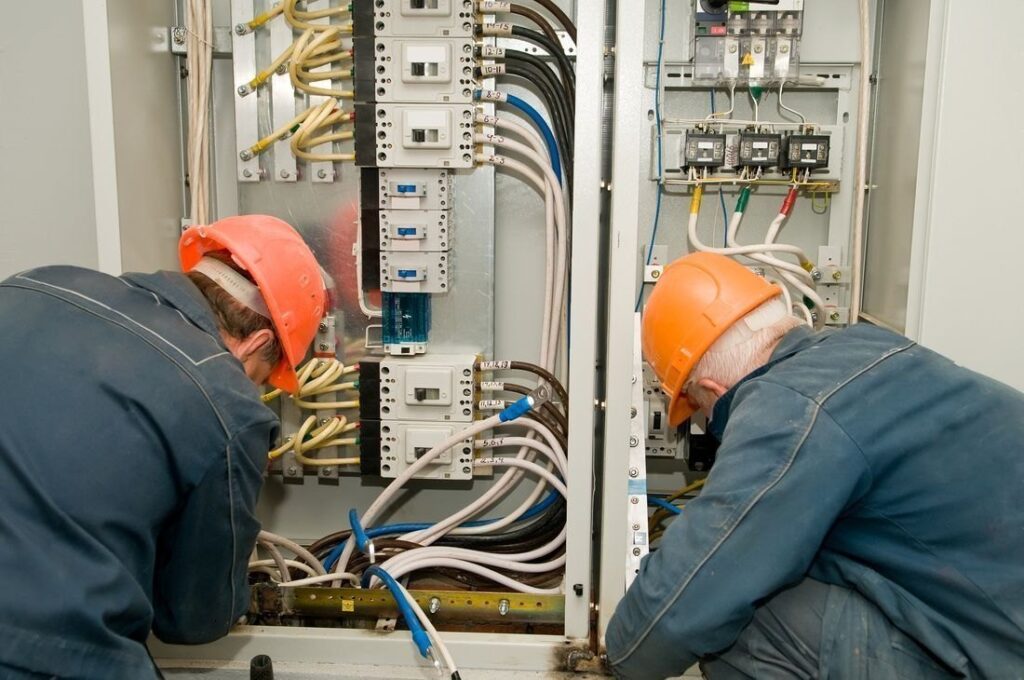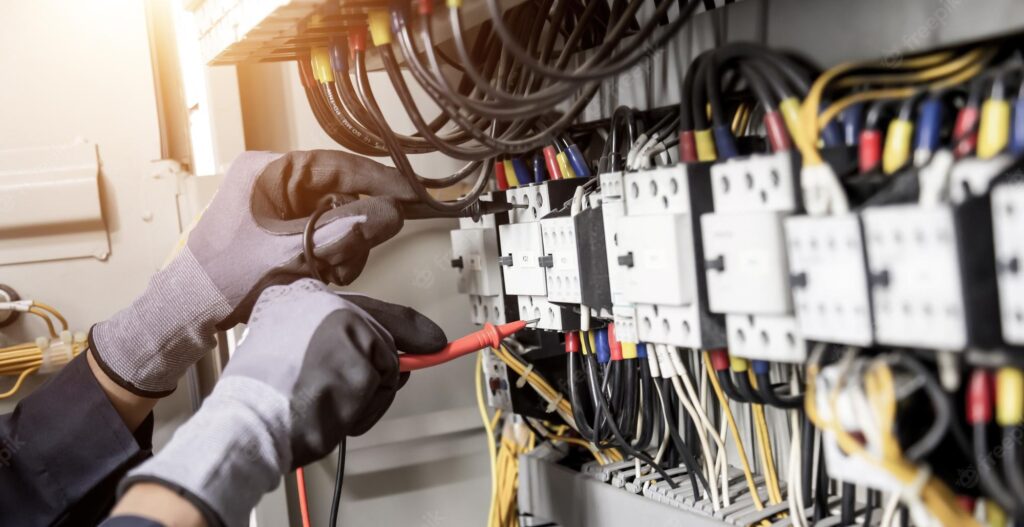
1. Equipment Installation:
Transformers: Installation of transformers to step up or step down voltage levels for efficient transmission.
Switchgear: Installation of switchgear to control, protect, and isolate electrical equipment.
Circuit Breakers: Setting up circuit breakers to protect electrical circuits from damage caused by overload or short circuit.
Relays: Installation of relays for fault detection and protection.
2. Transmission Lines:
Overhead Lines: Installation of high-voltage overhead transmission lines.
Underground Cables: Laying of underground cables for transmission of electricity.
Poles and Towers: Erection of poles and towers for supporting overhead lines.
3. Control Systems:
SCADA Systems: Installation of Supervisory Control and Data Acquisition systems for real-time monitoring and control.
Protection Systems: Setting up protection systems to detect and isolate faults to prevent damage.
4. Testing and Commissioning:
Pre-Commissioning Tests: Conducting tests to ensure all equipment is installed correctly and is operational.
Commissioning: Bringing the equipment and systems into service.
Maintenance: Regular maintenance and troubleshooting to ensure continuous and reliable operation.
5. Compliance and Safety:
Regulatory Compliance: Ensuring all installations comply with national and international electrical standards and regulations.
Safety Protocols: Implementing safety protocols to protect workers and equipment during installation and maintenance.
6. Project Management:
Planning and Design: Detailed planning and design of the installation works.
Resource Allocation: Managing manpower, materials, and equipment for efficient execution.
Timeline Management: Ensuring the project is completed within the stipulated timeframe.
7. Upgrades and Modifications:
System Upgrades: Upgrading existing systems to improve efficiency and capacity.
Retrofitting: Modifying and improving existing installations to meet new requirements or standards.


